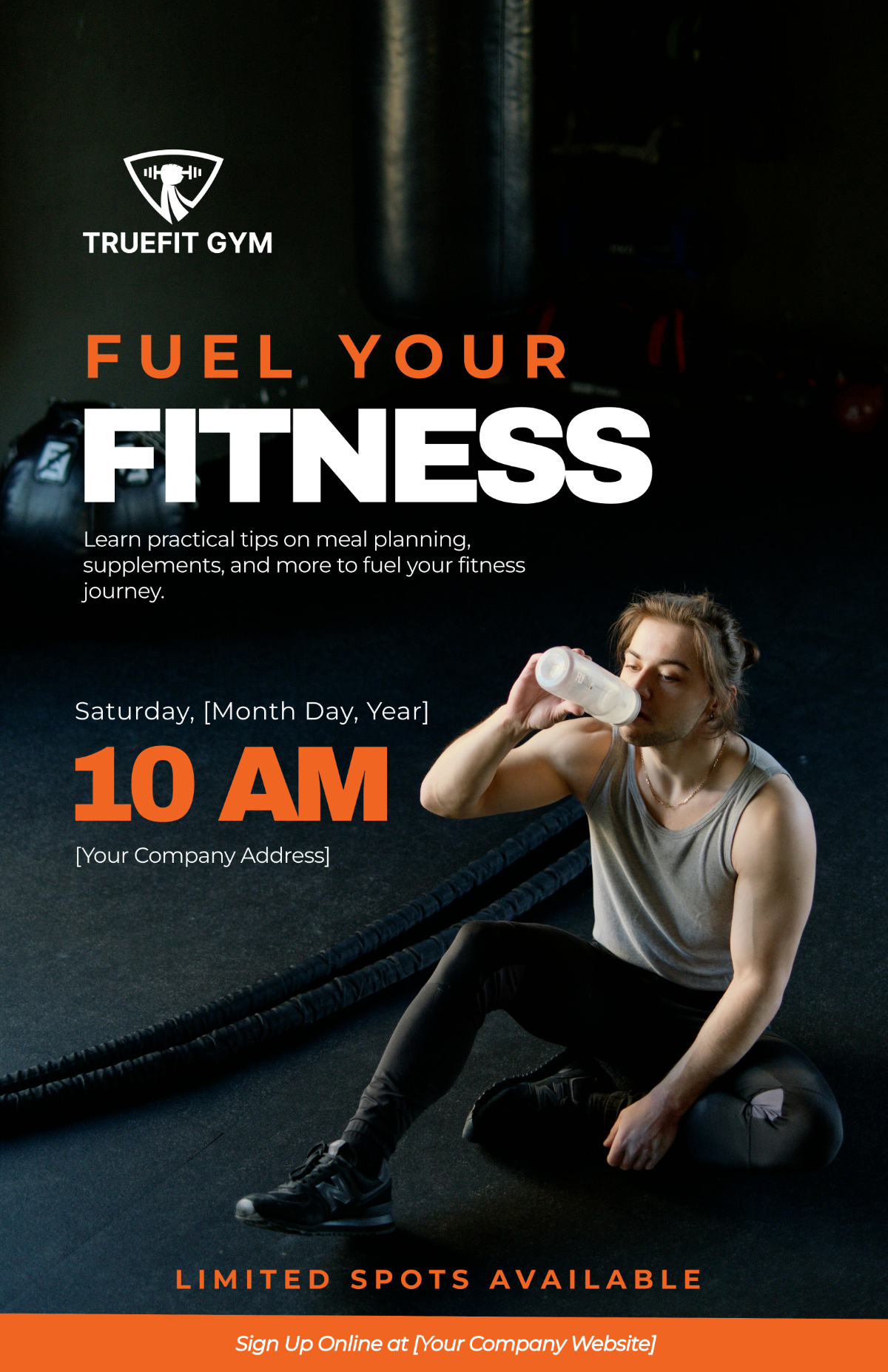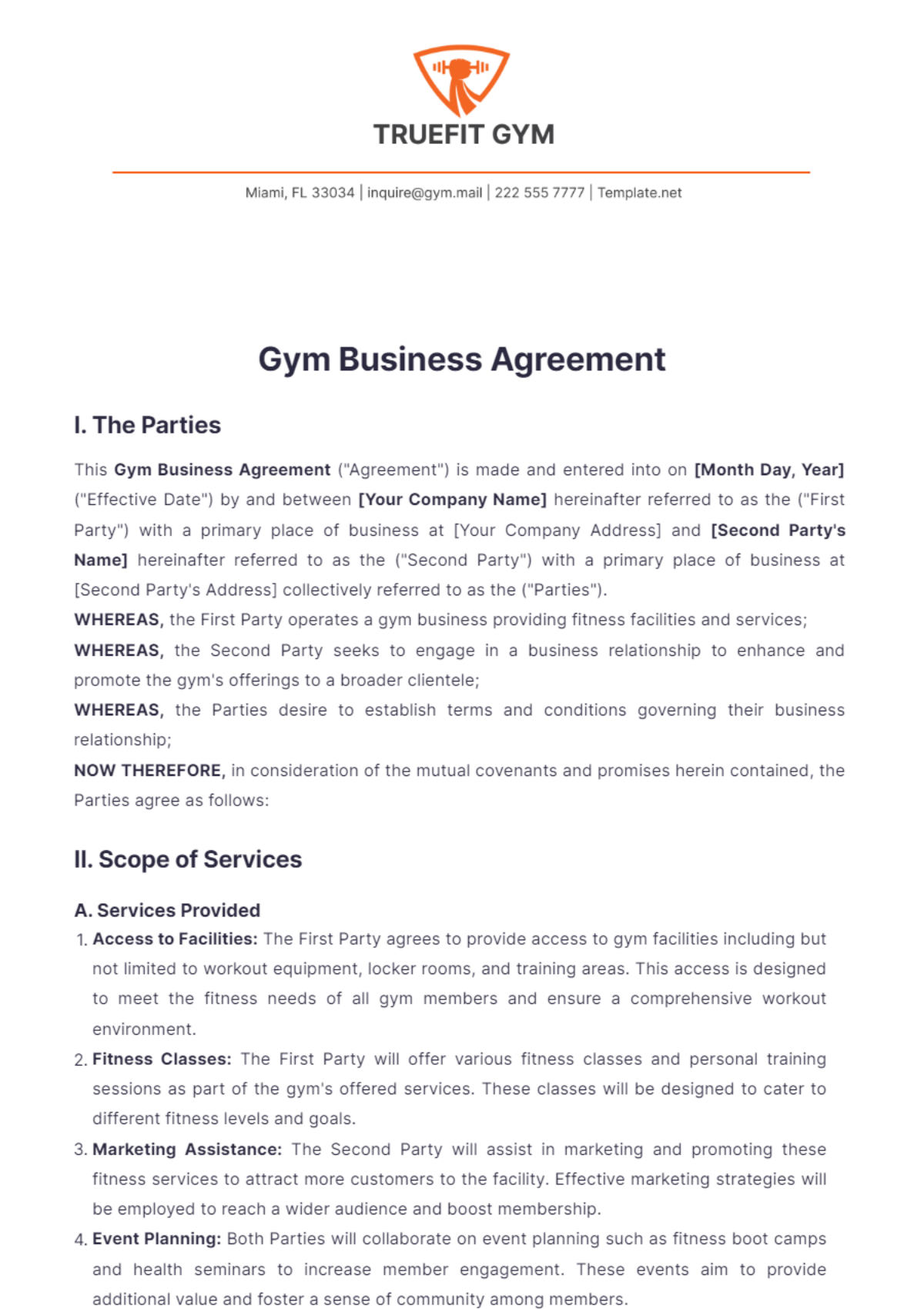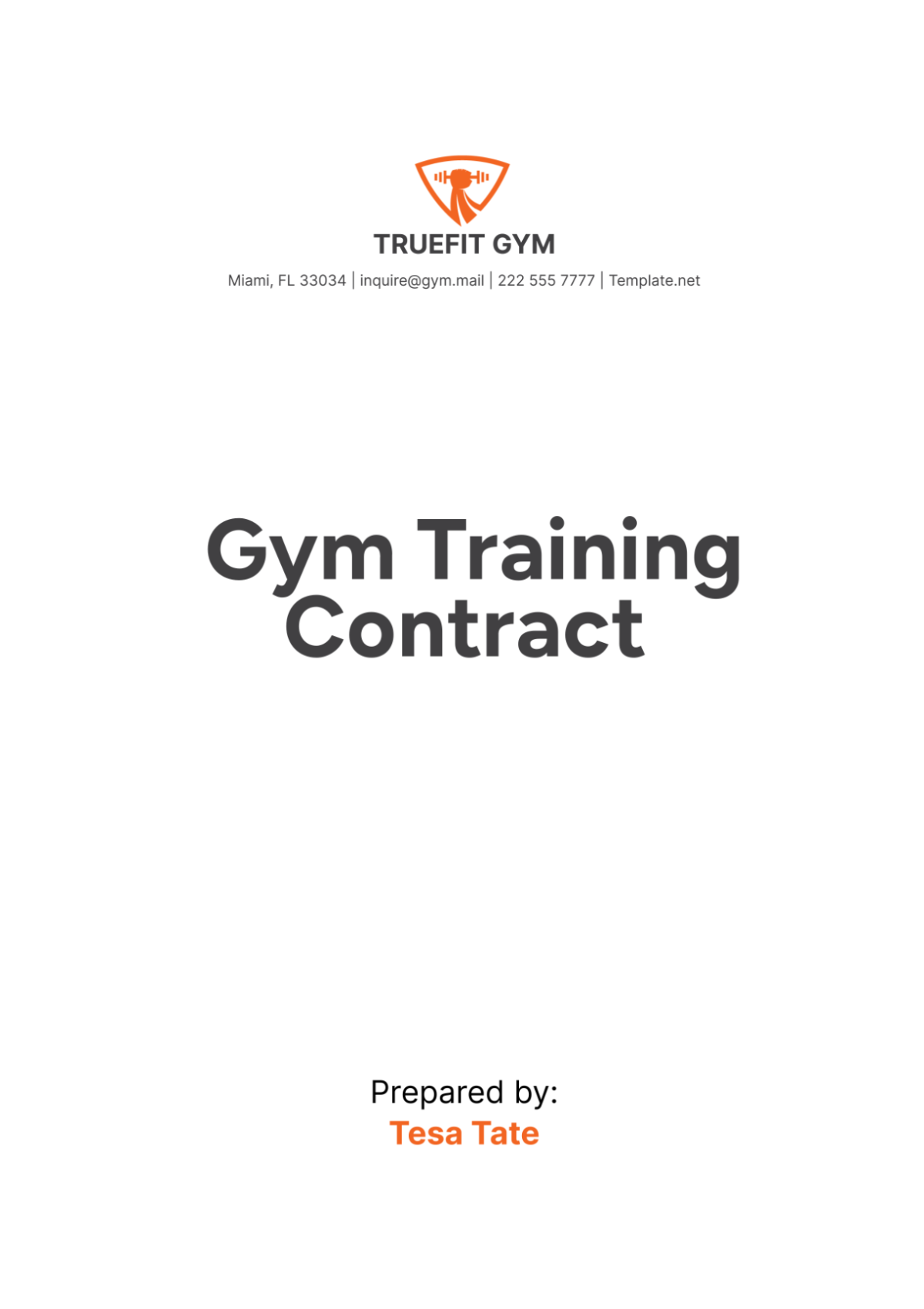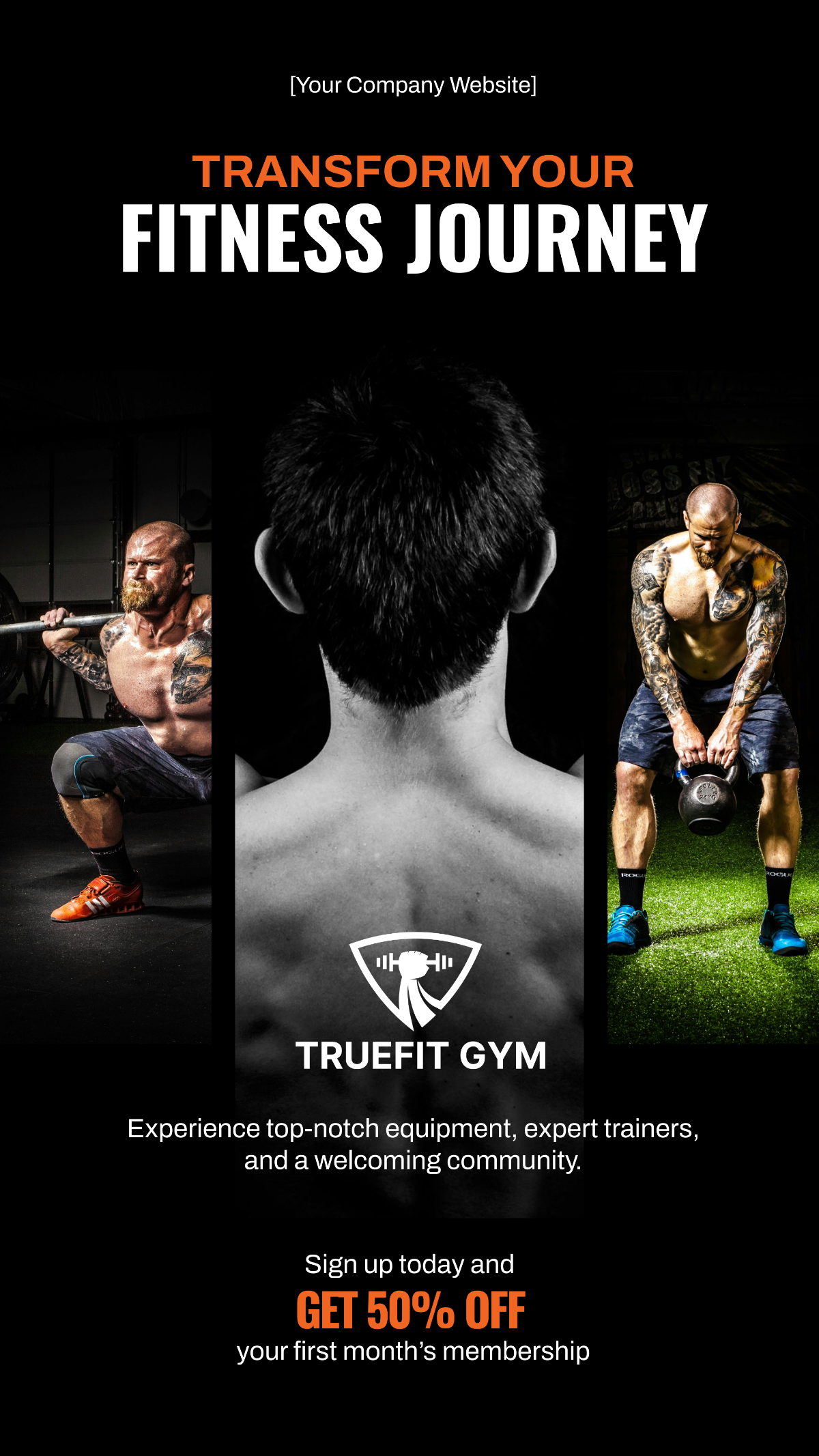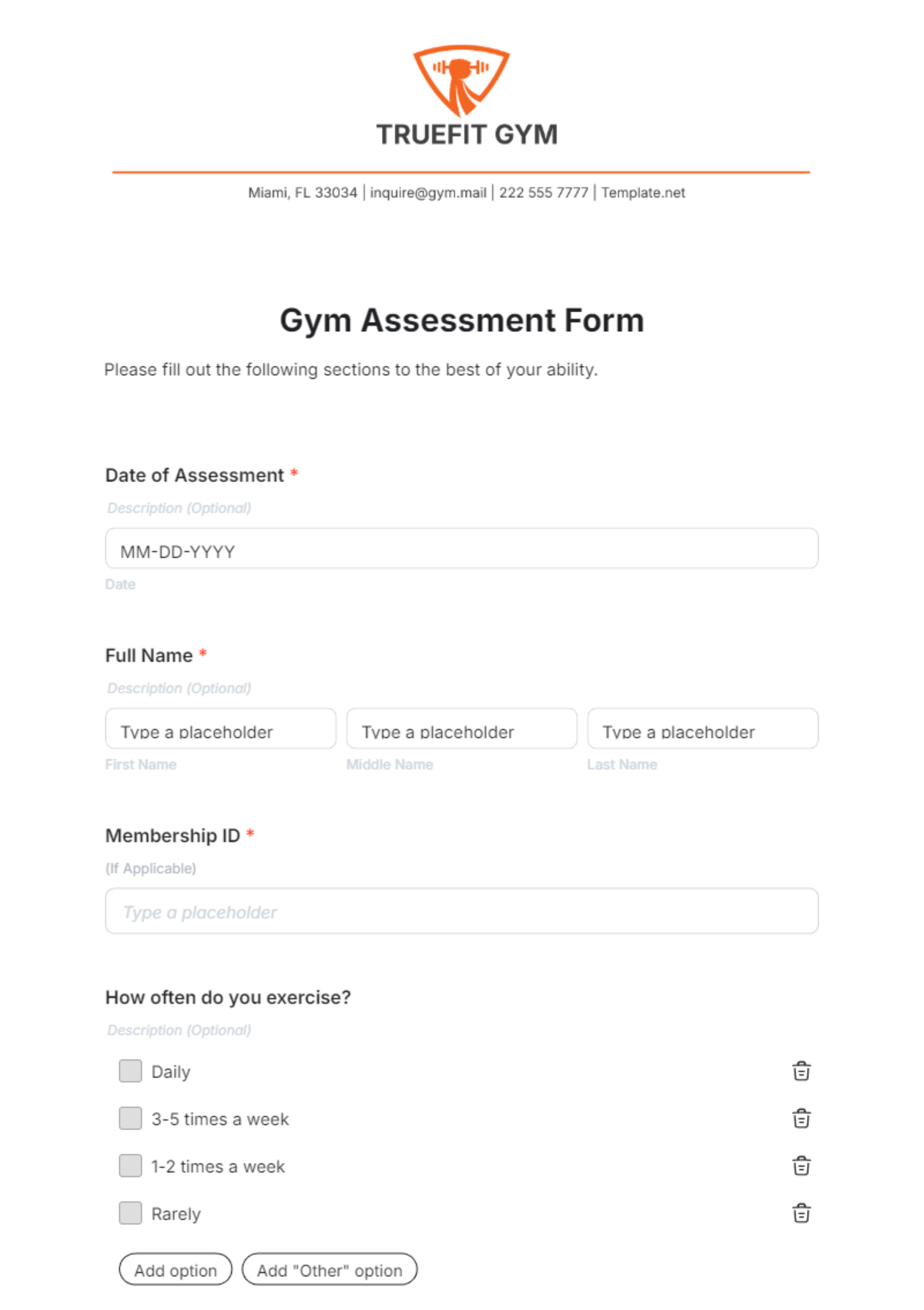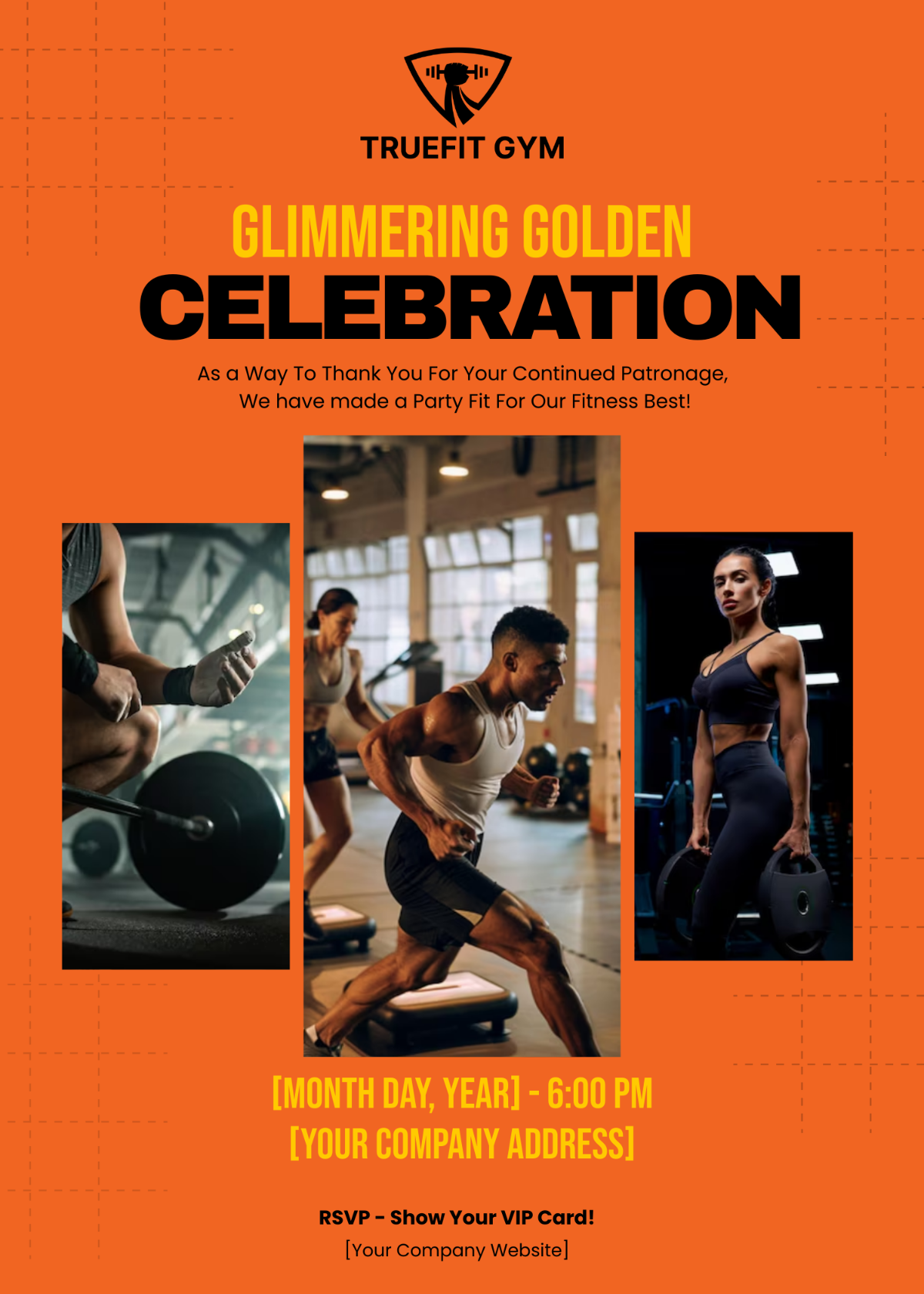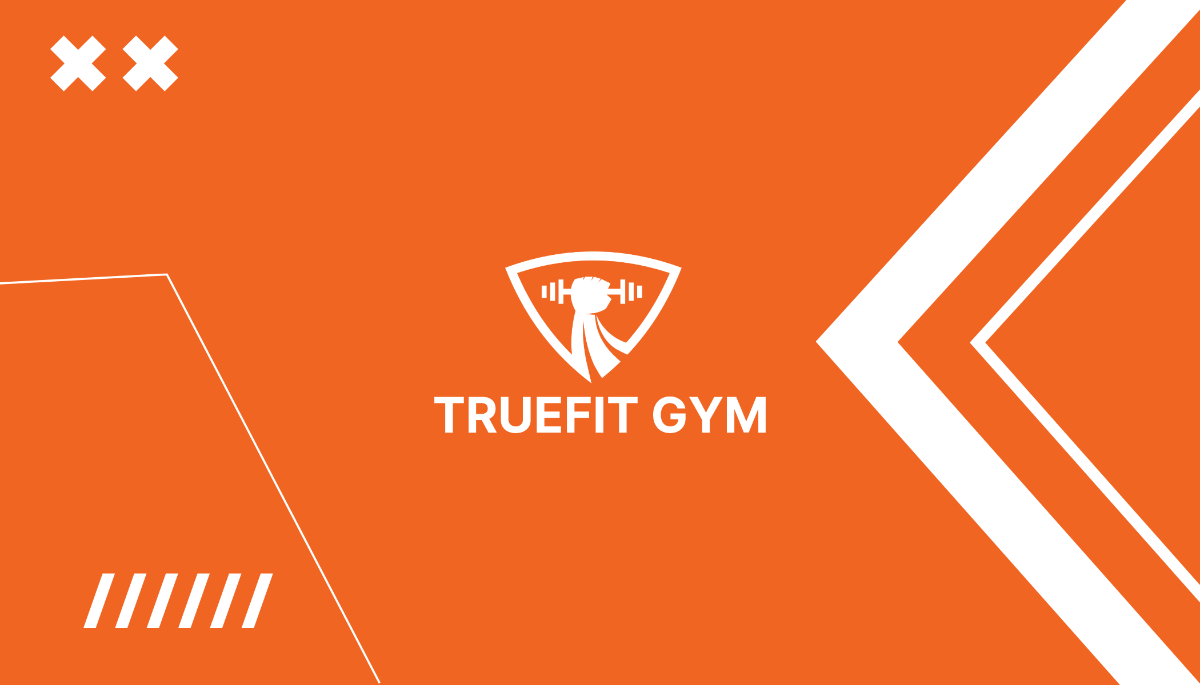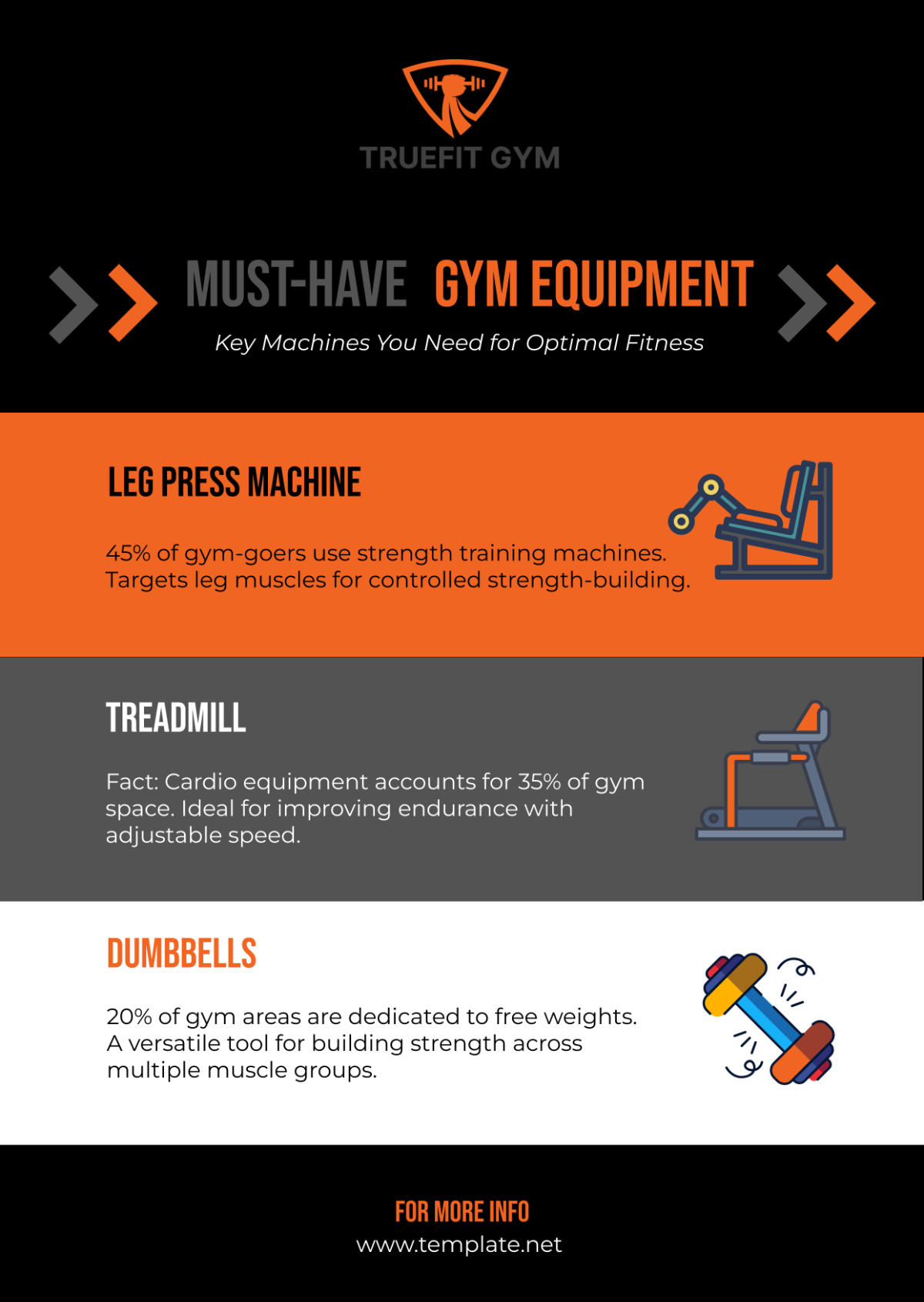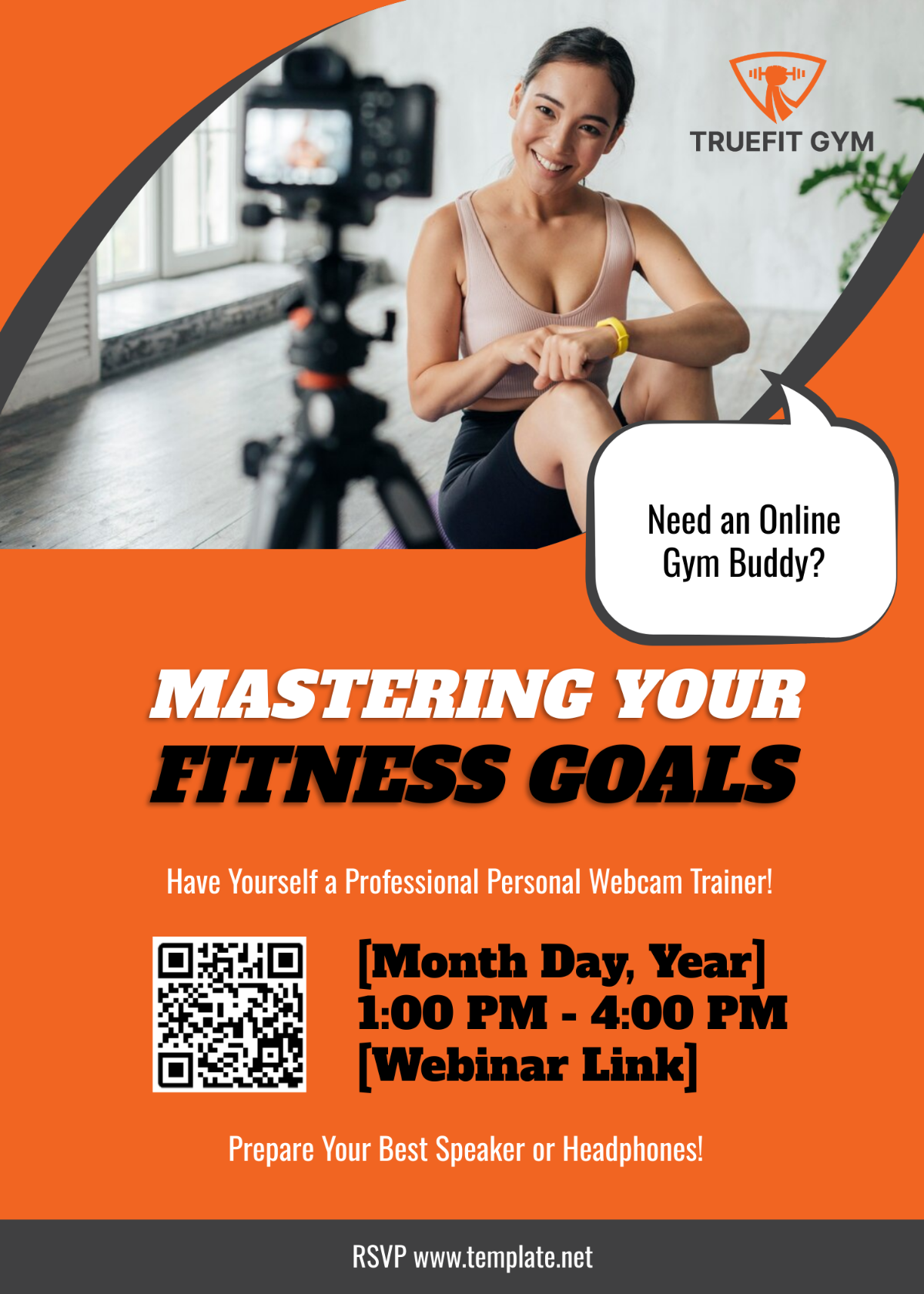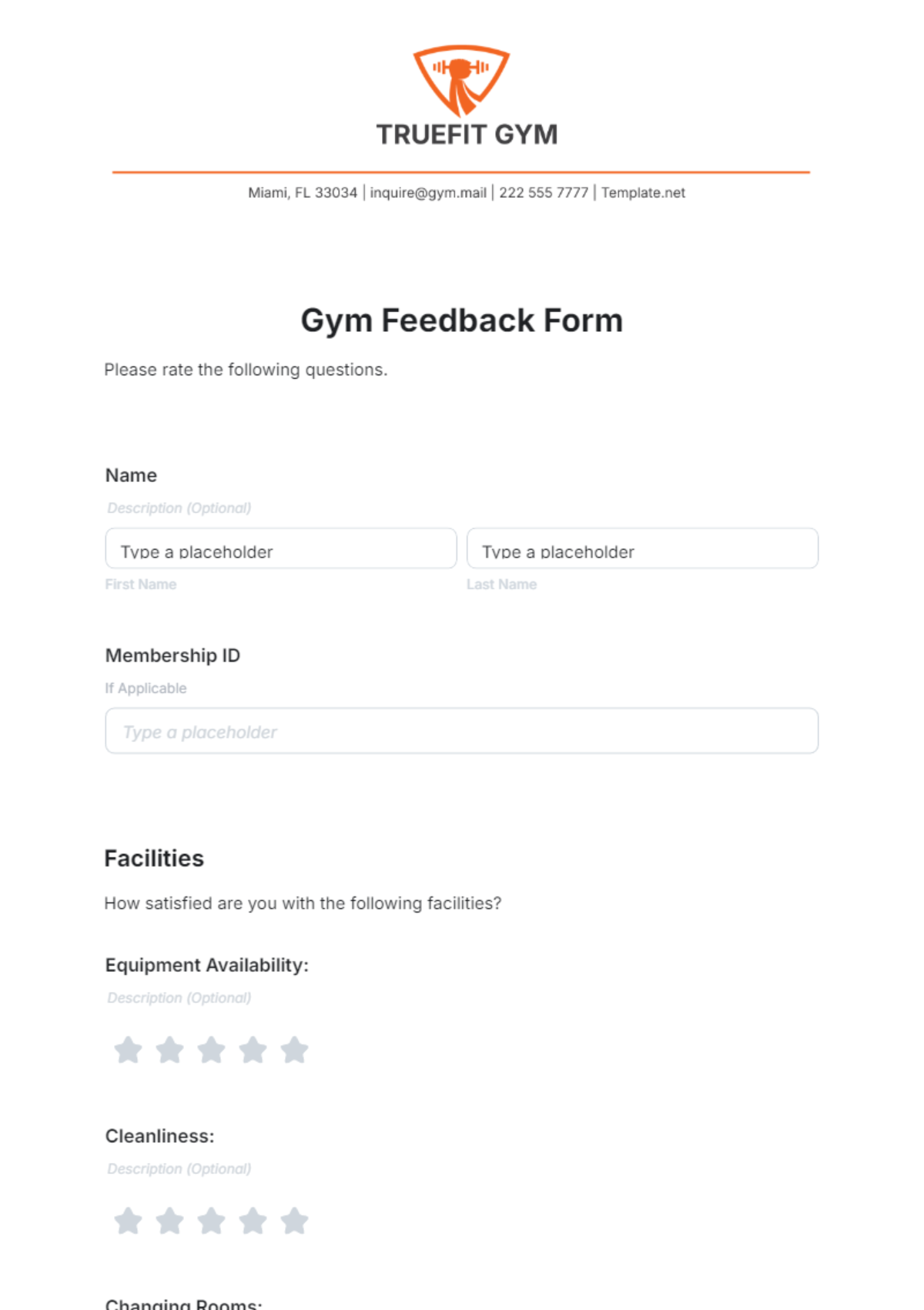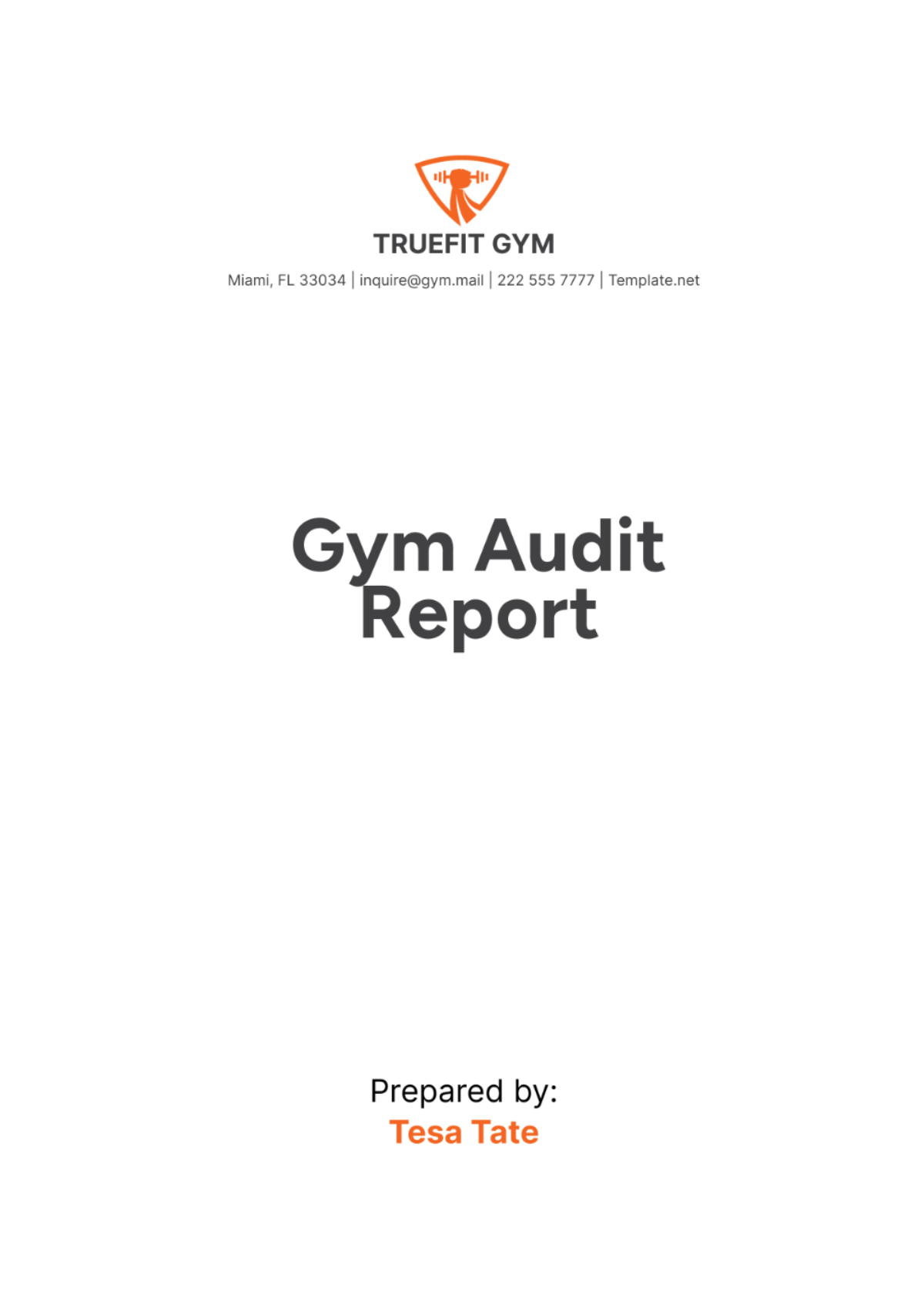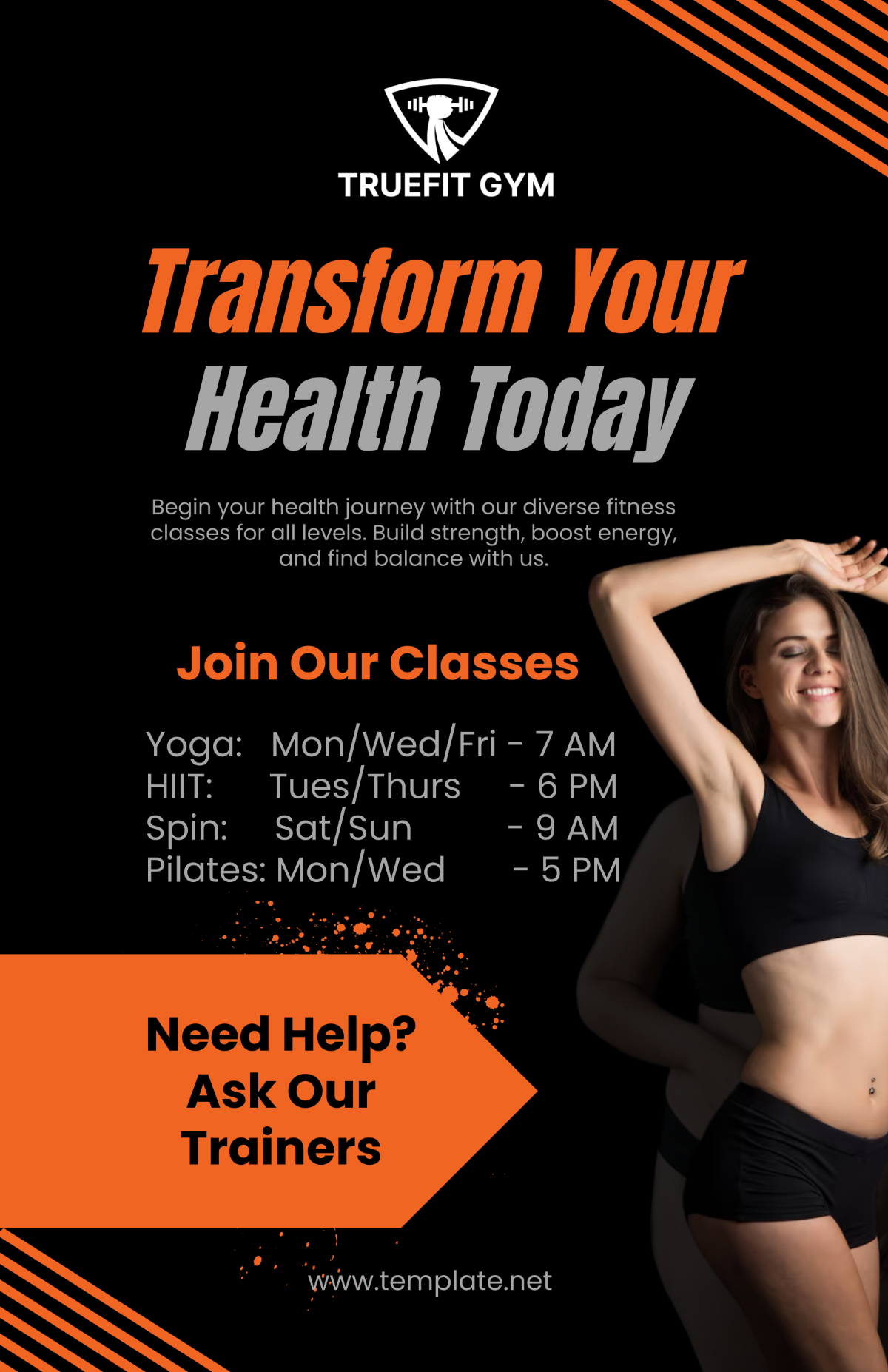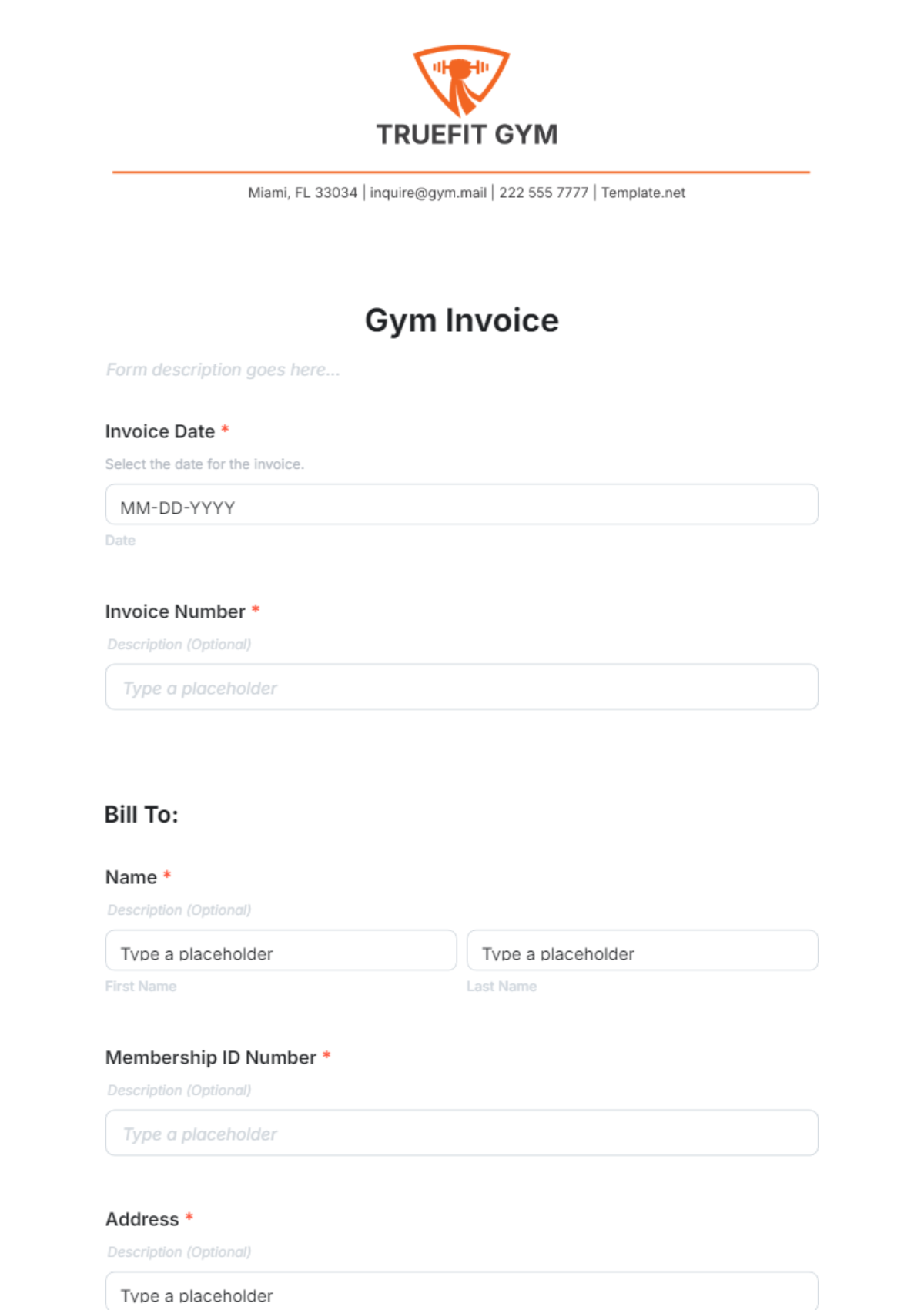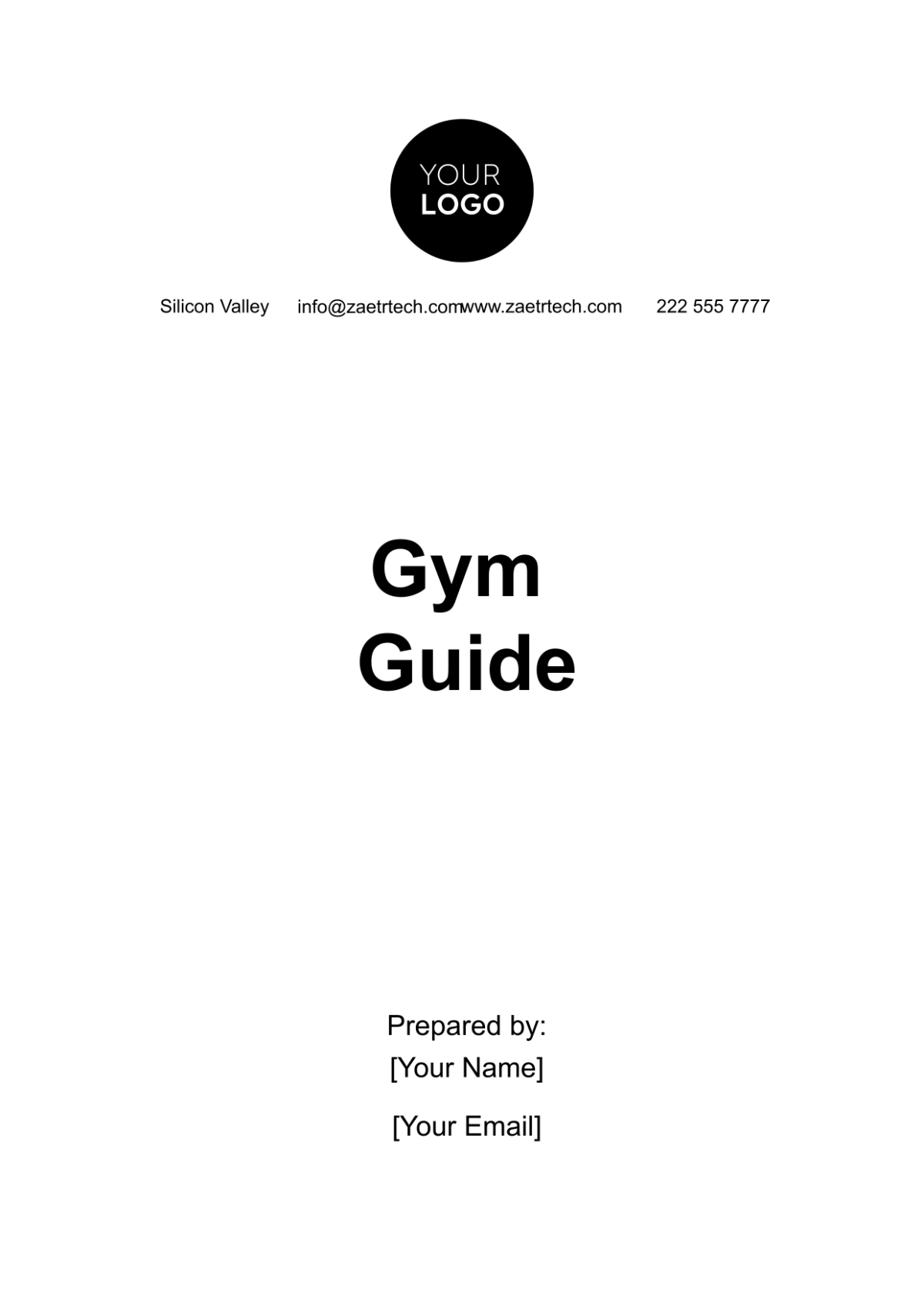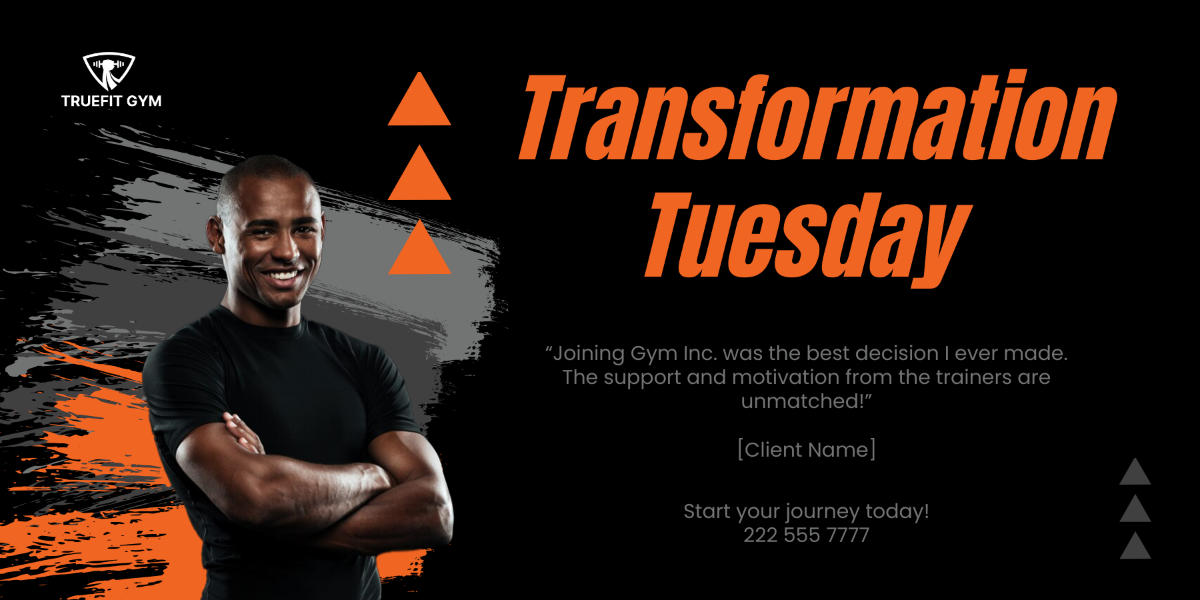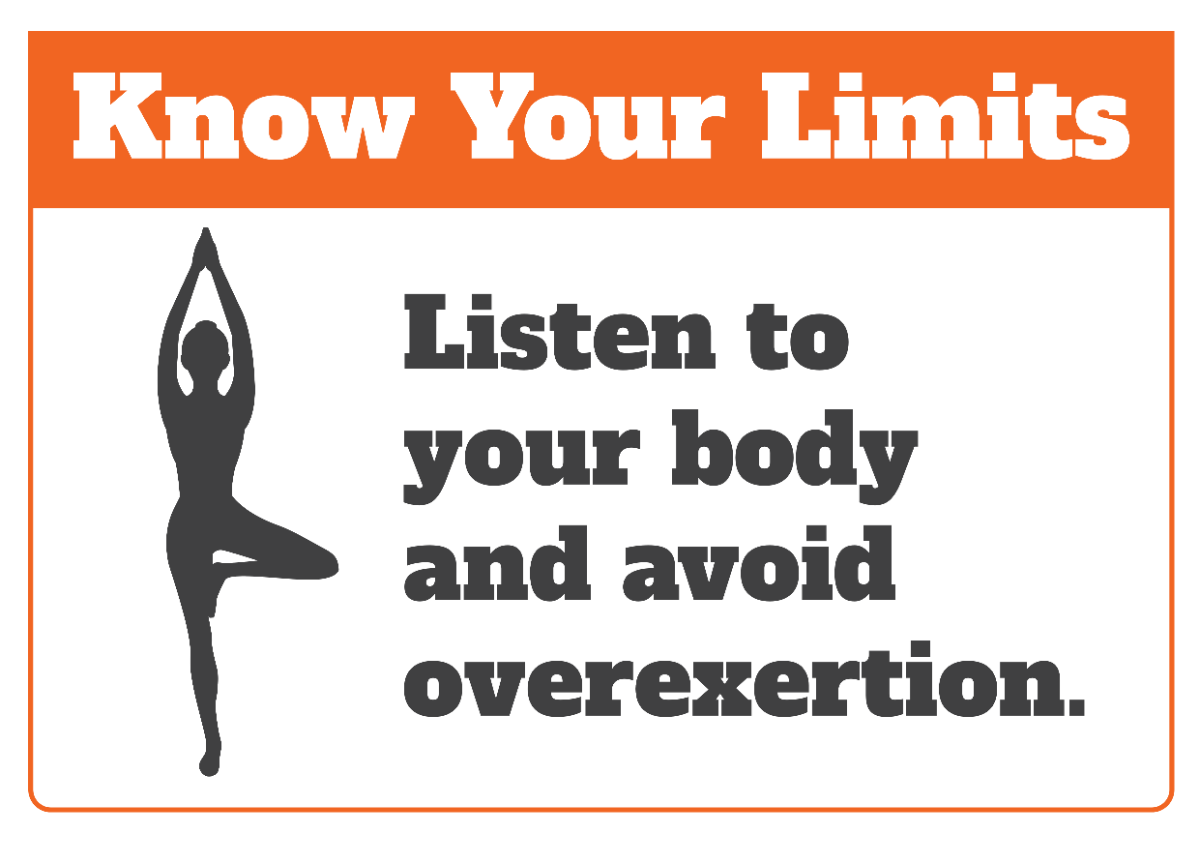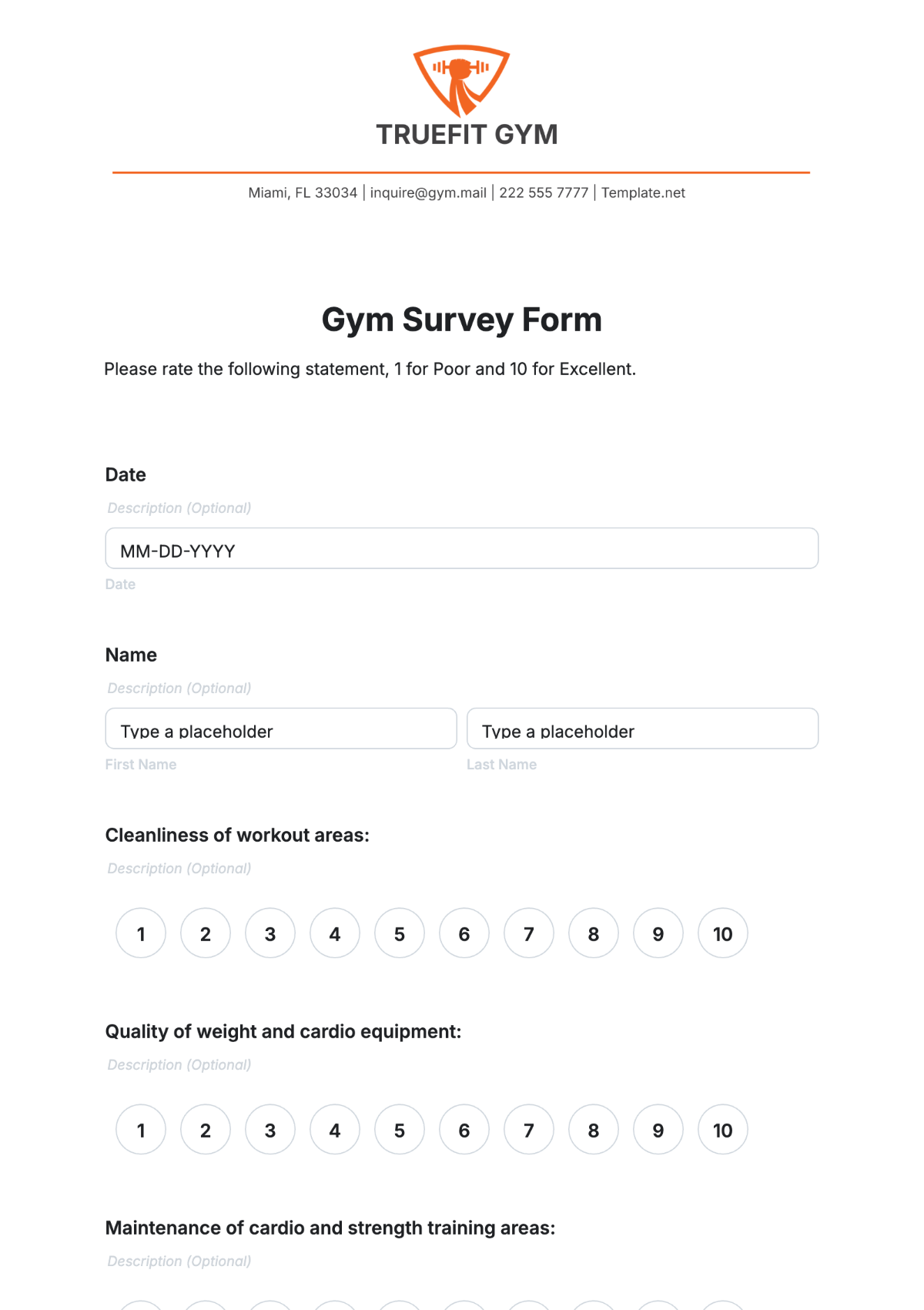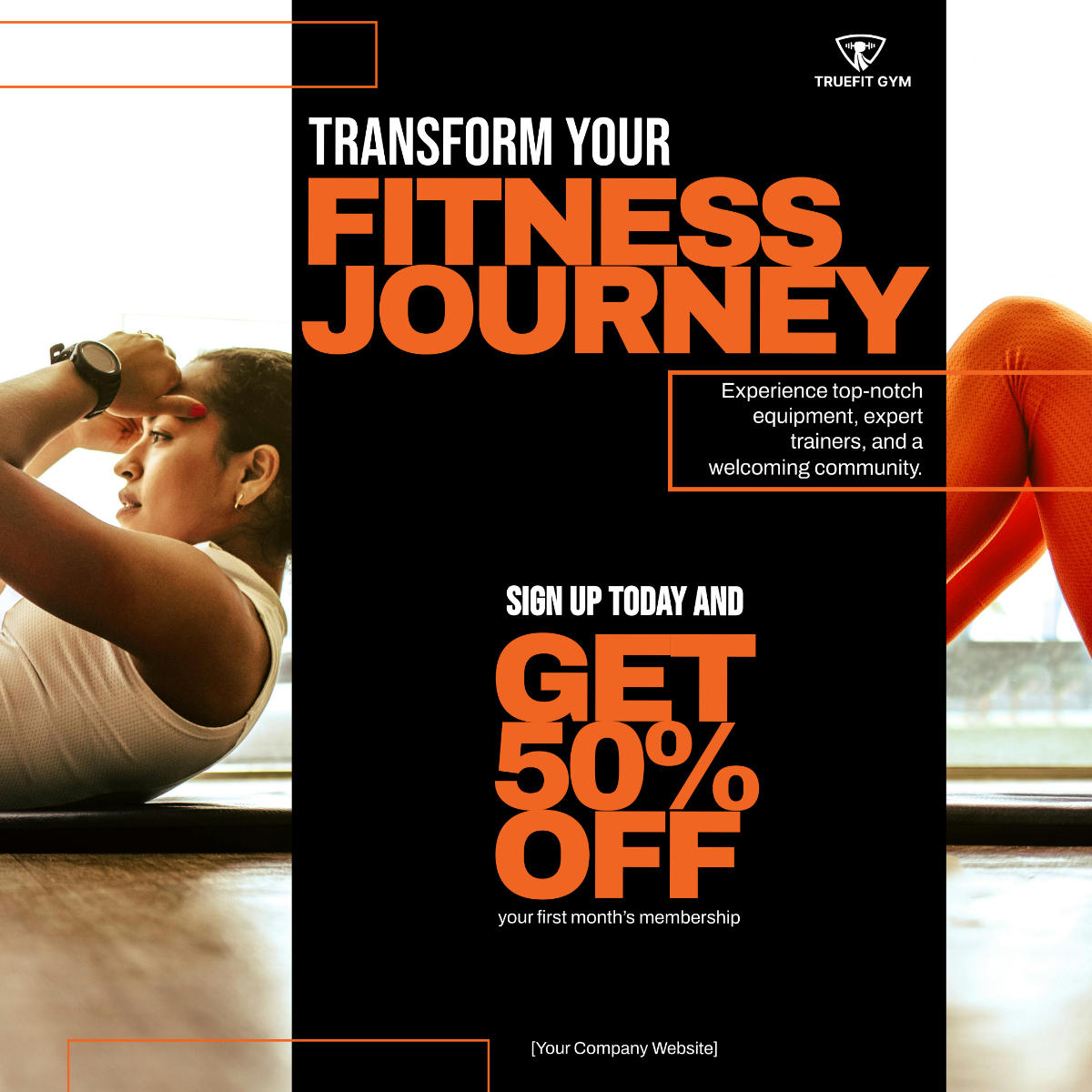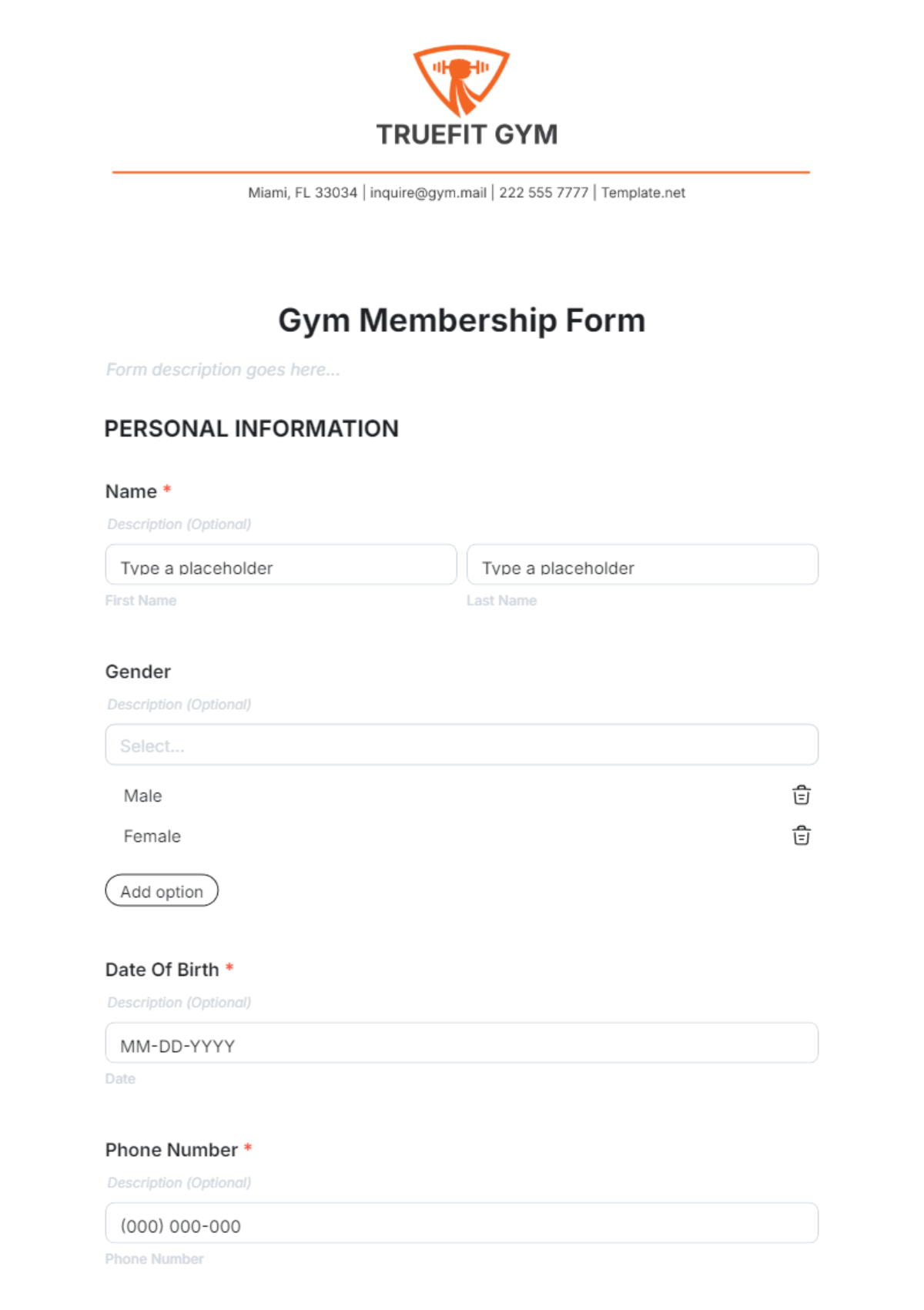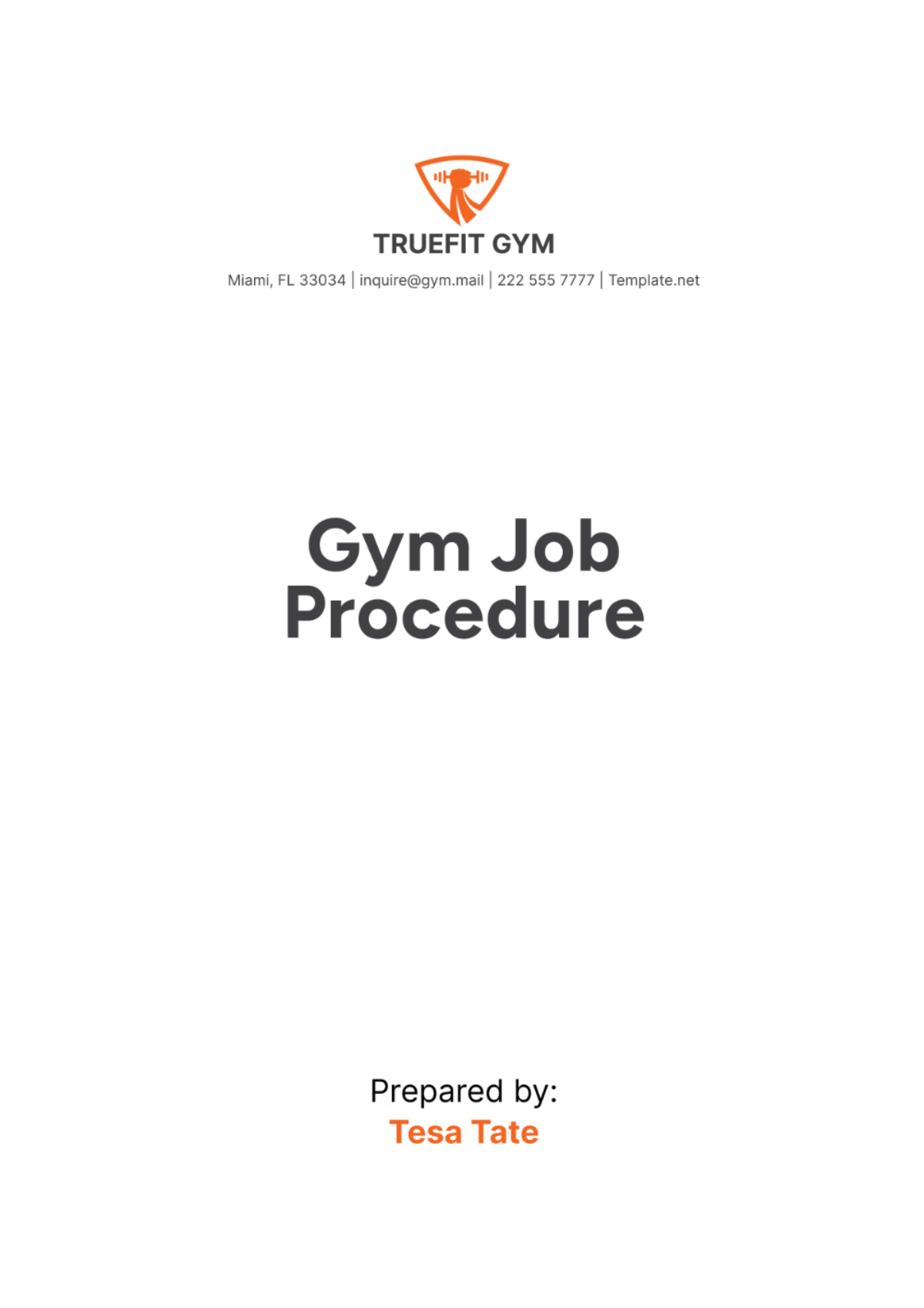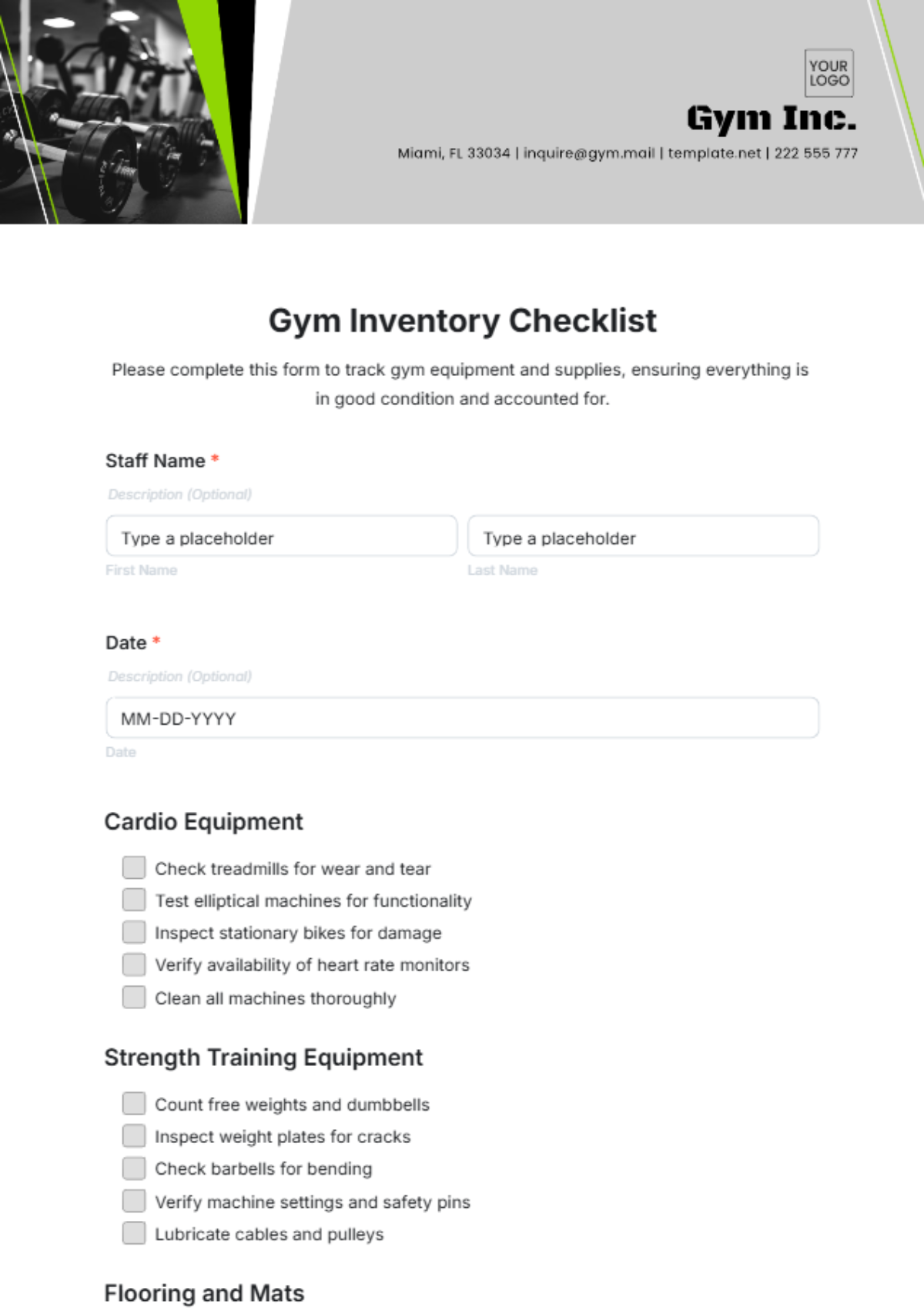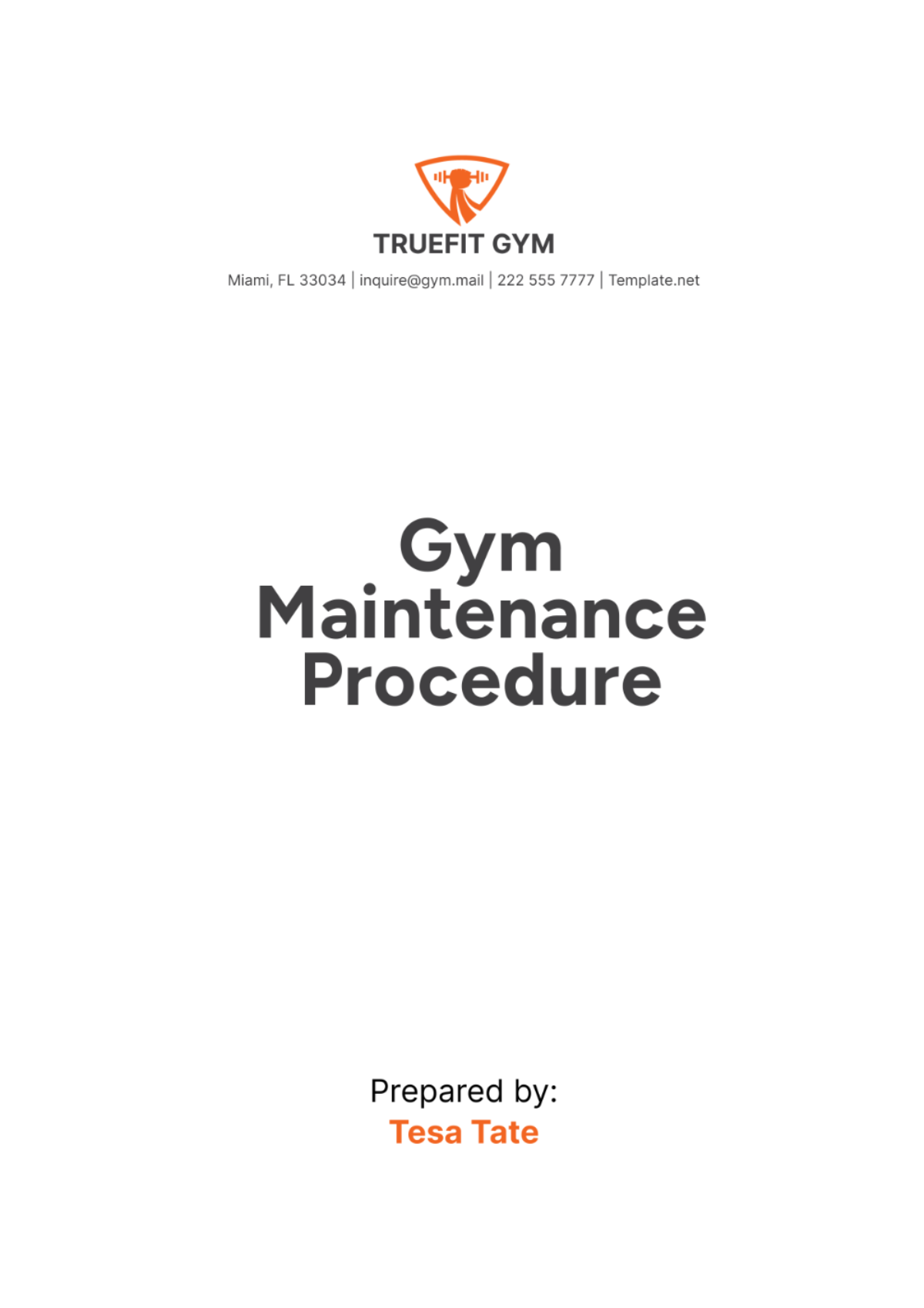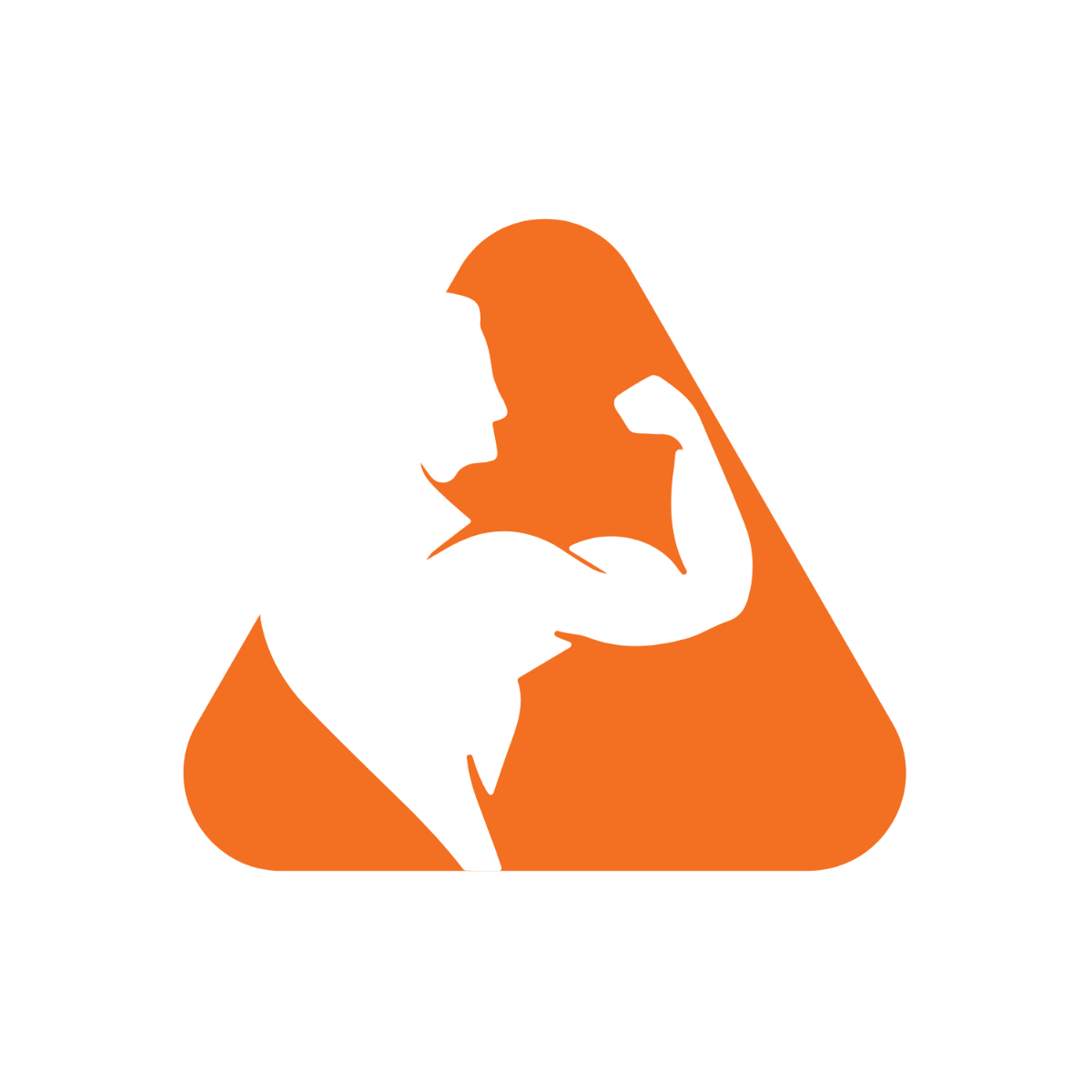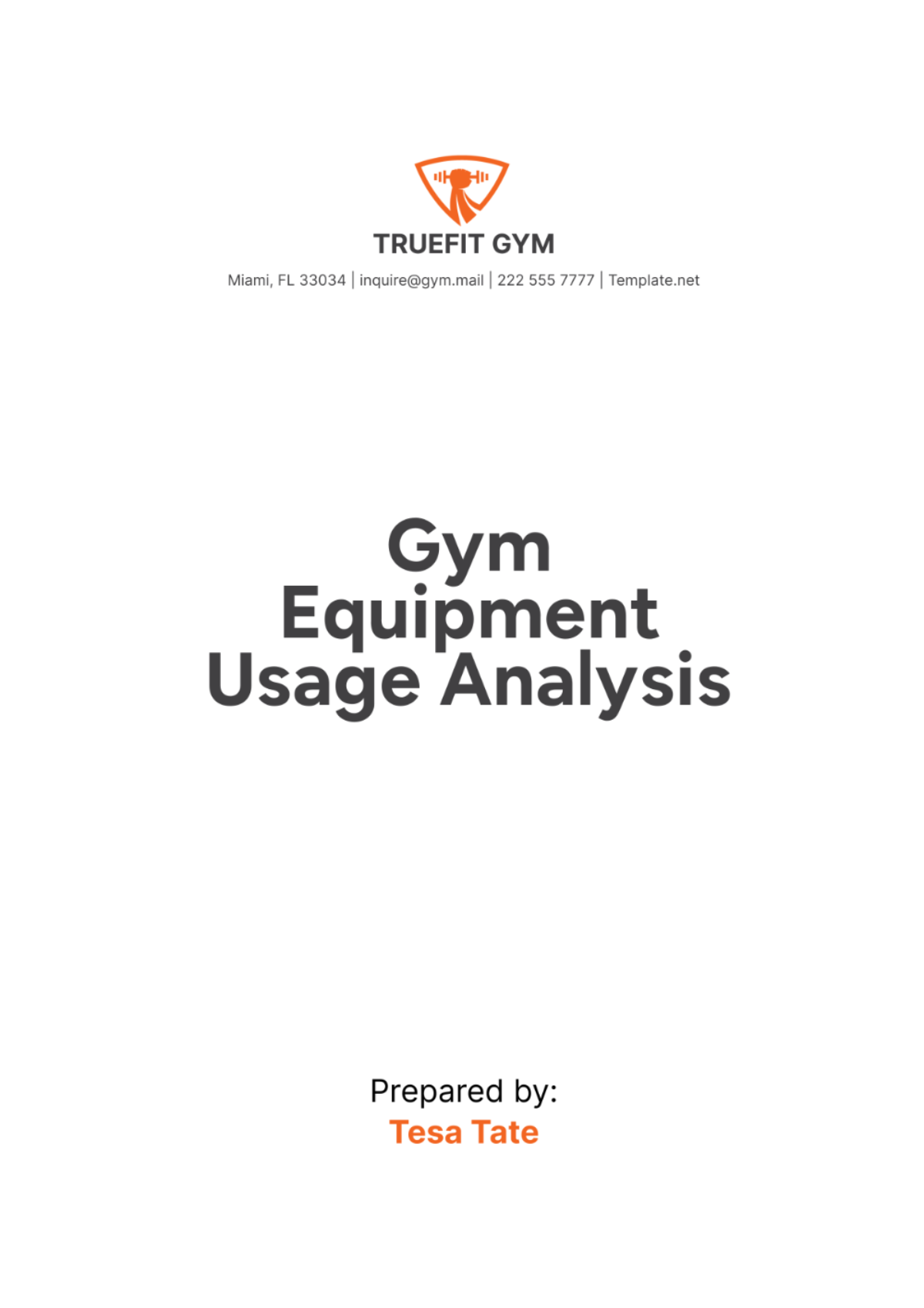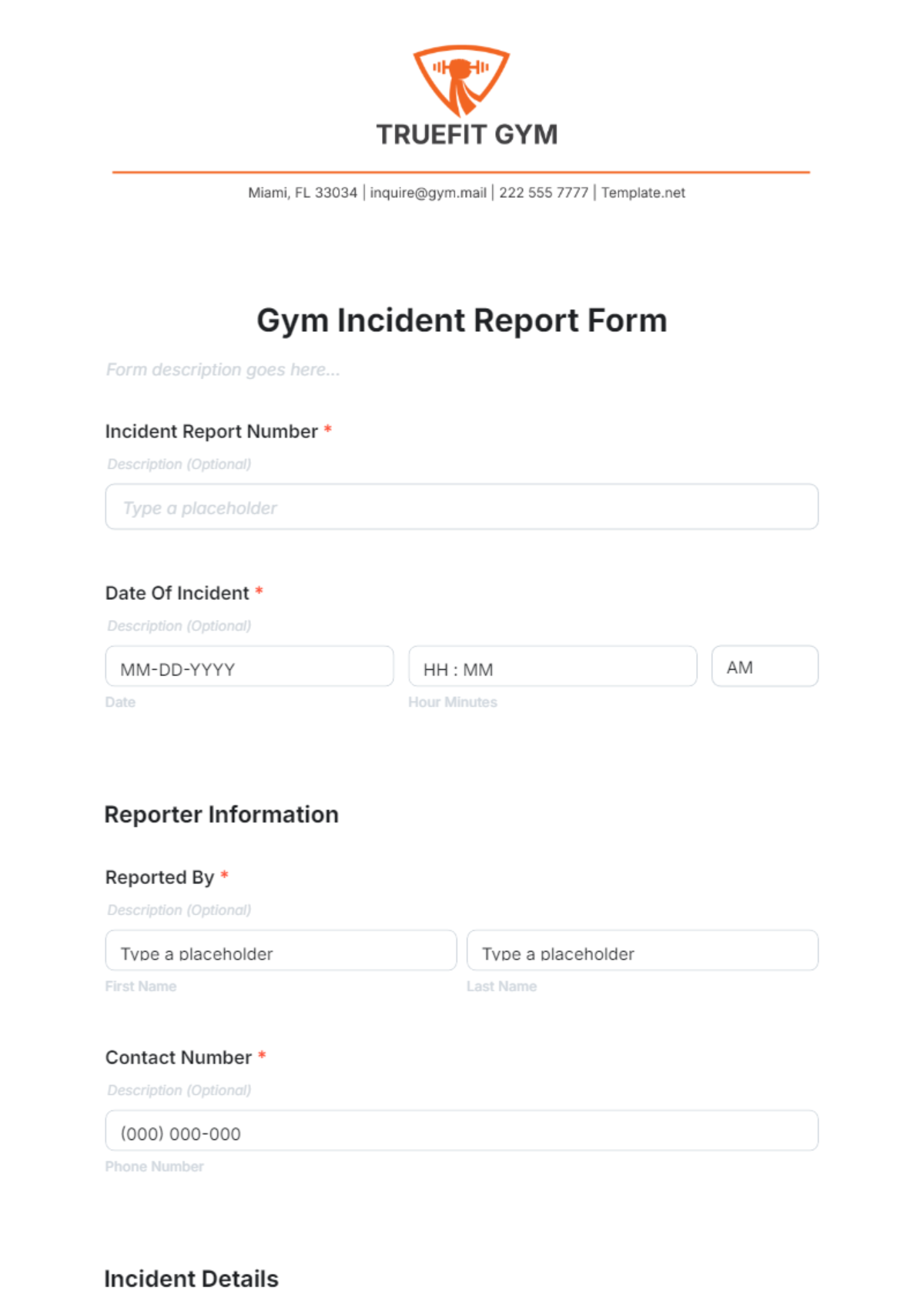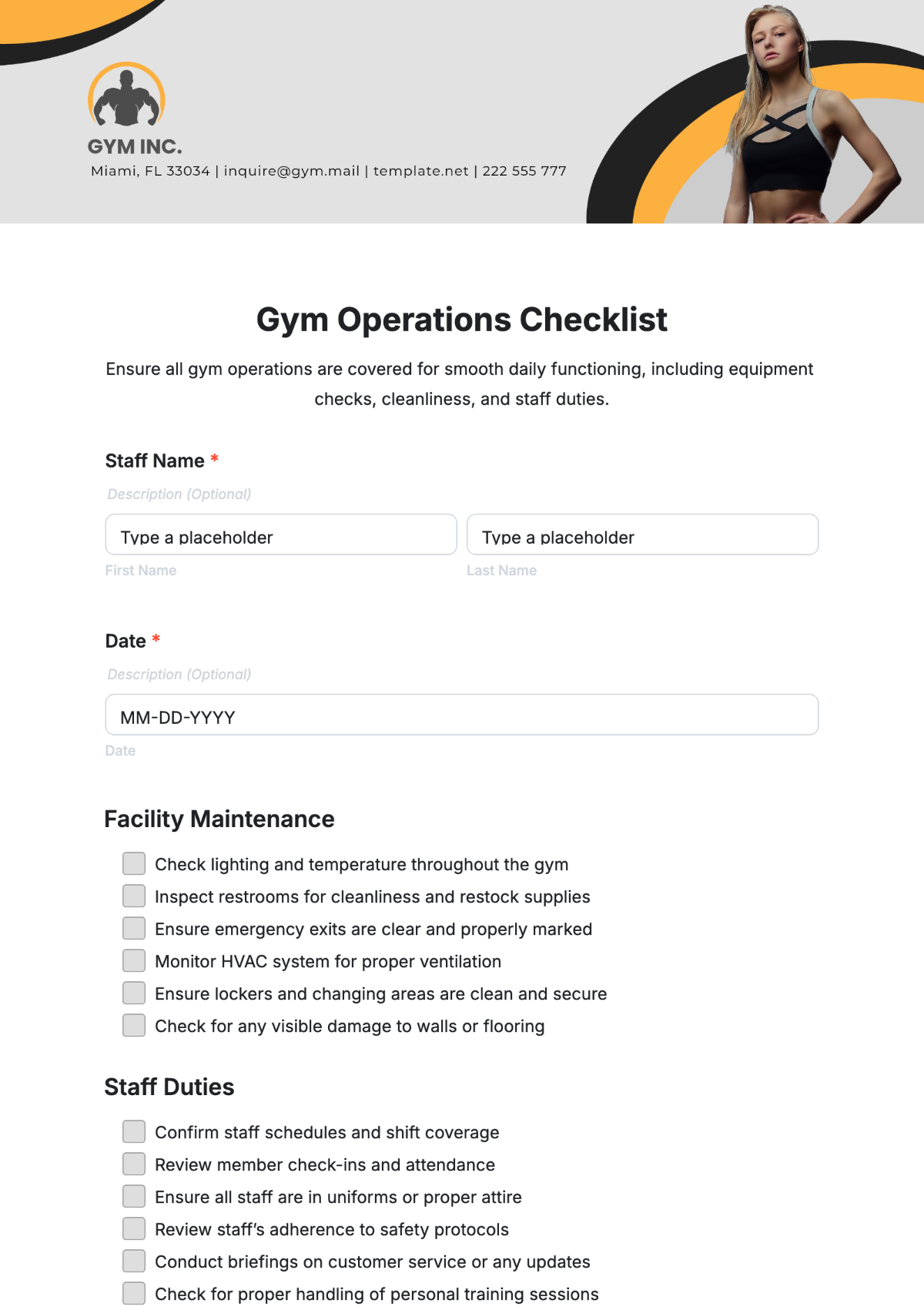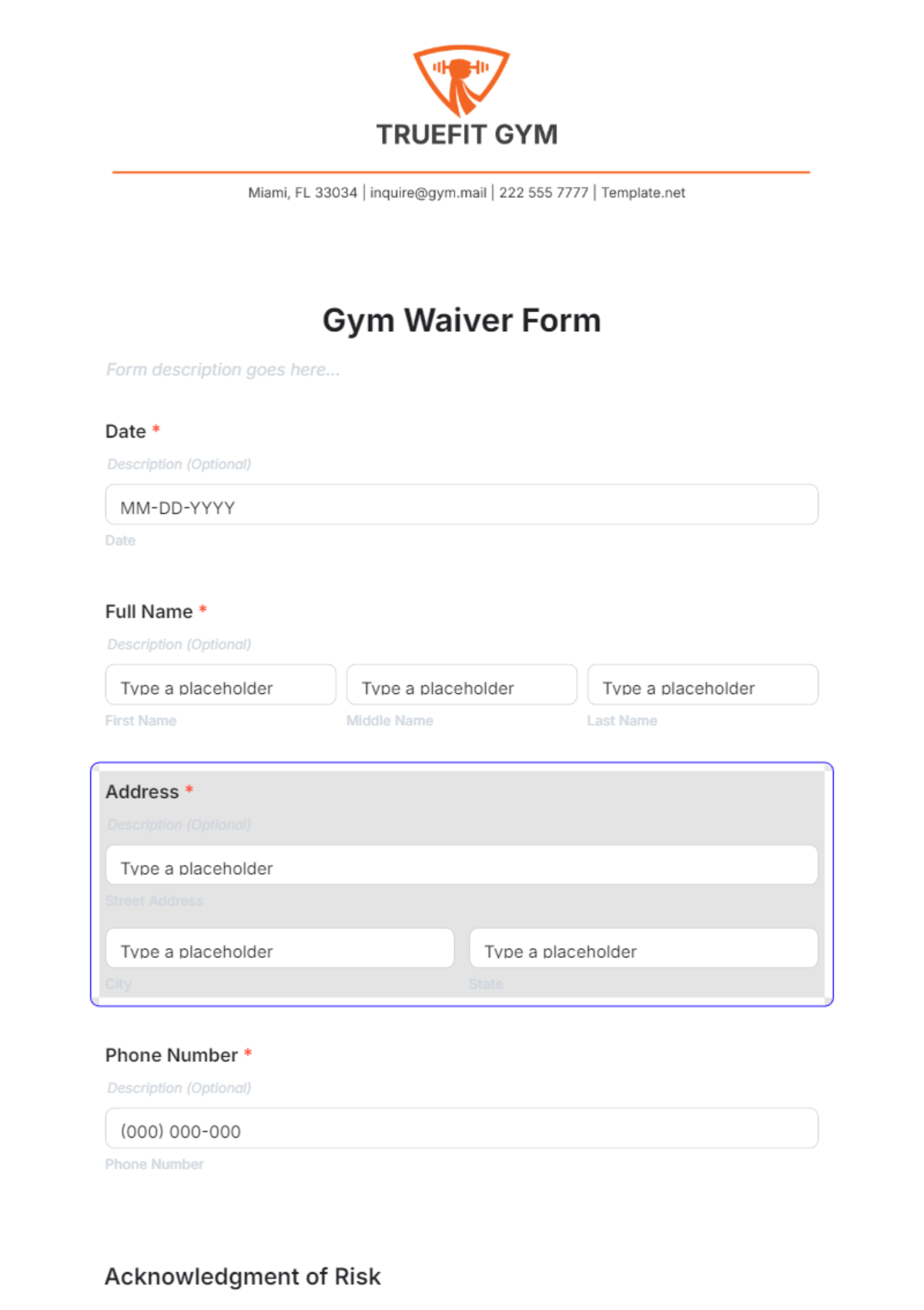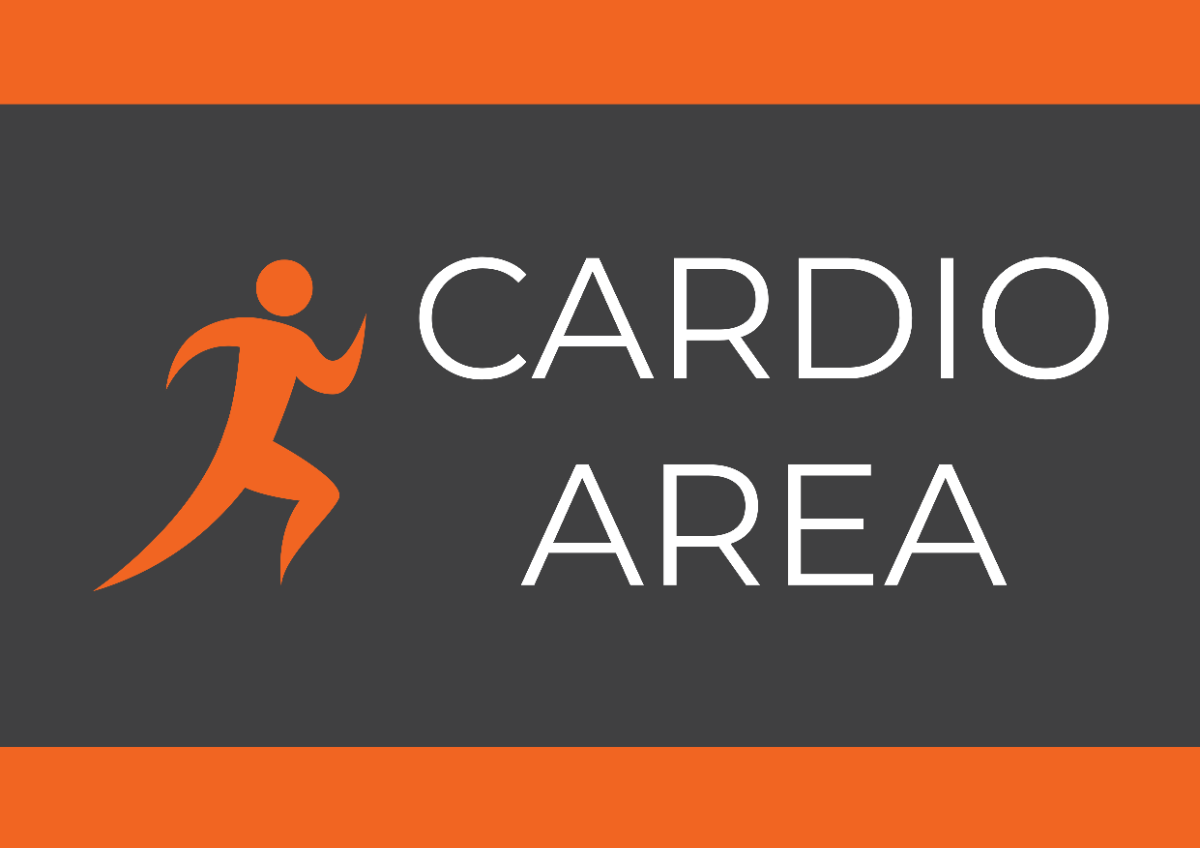Gym Guide
I. Introduction
In the year [2050], fitness remains an essential aspect of daily living, contributing significantly to overall health and well-being. This comprehensive guide is designed to serve as a resource for individuals at all levels of fitness, from beginners taking their first steps into the gym environment to seasoned athletes seeking to enhance their routines. As we navigate a world increasingly focused on health and fitness, understanding how to effectively utilize gym resources and services is crucial for achieving personal goals. This guide will cover various topics, including gym culture, equipment, workout routines, nutrition, and gym etiquette, providing a holistic view of the modern fitness landscape.
II. Understanding Gym Culture
A. The Evolution of Gym Culture
Historical Perspective
Gyms have undergone significant transformation over the decades, evolving from simple weightlifting spaces into multifaceted fitness centers. Early fitness establishments primarily focused on strength training, with limited equipment and a narrow focus on bodybuilding. However, as awareness of health and wellness has grown, gyms have expanded their offerings to include a variety of fitness modalities, such as yoga, Pilates, and functional training. This shift reflects a broader understanding that fitness encompasses not just physical strength but also flexibility, balance, and mental well-being.
Current Trends
In today’s fitness environment, many gyms have embraced technology and innovative practices. The integration of fitness apps, wearable technology, and virtual reality workouts has made fitness more accessible and engaging. Members can now track their progress in real-time, set personalized goals, and receive feedback tailored to their individual needs. Additionally, the growing emphasis on holistic wellness has led to the inclusion of mental health resources, recovery therapies, and nutritional guidance as part of the gym experience. This evolution is indicative of a more comprehensive understanding of what it means to be fit in the modern world.
B. The Importance of Community
Building Connections
A sense of community within the gym can significantly enhance motivation and adherence to fitness routines. Engaging with others who share similar goals fosters camaraderie and accountability. Many gyms now organize group classes and community events, allowing members to bond over shared interests while working towards their fitness objectives. This social aspect not only makes workouts more enjoyable but also helps individuals feel connected and supported in their journeys.
Support Systems
Support systems play a crucial role in promoting a positive gym culture. Many facilities have implemented mentorship programs that pair seasoned gym-goers with newcomers. This initiative encourages knowledge sharing and provides beginners with guidance on how to navigate the gym environment safely and effectively. Additionally, online forums and social media groups dedicated to gym members facilitate discussions, challenges, and encouragement, further strengthening the community aspect.
III. Gym Equipment Overview
A. Cardio Machines
Equipment Type | Benefits | Usage Tips |
|---|---|---|
Treadmills | Improves cardiovascular endurance and can aid in weight loss. A staple for any cardio routine, they offer the ability to simulate outdoor running in a controlled environment. | Start with a warm-up to prepare your muscles, maintain a steady pace that allows you to hold a conversation, and incorporate interval training for added intensity. Don't forget to adjust the incline for a greater challenge. |
Ellipticals | Provides a low-impact cardio workout that reduces strain on joints while still delivering an effective calorie burn. Ideal for those recovering from injuries or looking for a gentler alternative. | Focus on using the handles to engage your upper body and maintain a steady rhythm. Experiment with different resistance levels to vary the intensity of your workout. |
Stationary Bikes | Strengthens leg muscles and boosts endurance while offering a low-impact option for cardiovascular training. They are particularly beneficial for individuals with knee or joint issues. | Ensure proper seat height for optimal comfort and pedaling efficiency. Adjust the resistance according to your fitness level, and consider interval training for a more dynamic workout. |
B. Strength Training Equipment
Free Weights
Free weights, including dumbbells, barbells, and kettlebells, are essential tools for building strength and muscle endurance. They allow for a greater range of motion compared to machines, which can lead to improved functional fitness. Using free weights helps engage stabilizing muscles, promoting balance and coordination. Incorporating a variety of free weight exercises can target multiple muscle groups effectively, making them an integral part of any strength training routine.
Weight Machines
Weight machines are designed to guide your movements, making them particularly beneficial for beginners. They provide stability and support, which can help prevent injuries while allowing users to focus on learning proper techniques. Many machines are adjustable, accommodating different body sizes and strength levels, making them accessible to a wide range of gym-goers. As you become more experienced, transitioning from machines to free weights can further enhance strength and stability.
Resistance Bands
Resistance bands are versatile tools that can be used for a variety of exercises targeting multiple muscle groups. They offer variable resistance, allowing for a customizable workout that can be adjusted based on individual strength levels. Resistance bands are particularly beneficial for enhancing flexibility, improving strength, and rehabilitating injuries. They are also portable, making them a great option for home workouts or travel.
IV. Workout Routines
A. Designing Your Workout Plan
Assessing Your Fitness Level
Before diving into a workout plan, it’s crucial to assess your current fitness level. Take note of your strengths, weaknesses, endurance, and flexibility. Consider keeping a journal to track your progress and reflect on your workouts. Additionally, consult with fitness professionals to get an accurate assessment and recommendations tailored to your individual needs. This personalized approach will help you set realistic goals and select appropriate exercises to meet them.
Setting Goals
Identifying clear goals is essential for maintaining motivation and measuring progress. Use the SMART criteria—specific, measurable, achievable, relevant, and time-bound—to define your fitness objectives. For example, instead of simply aiming to "get fit," specify a goal such as "run [5] kilometers in under [30] minutes within the next [3] months." This clarity helps create a focused plan and allows you to celebrate milestones along the way.
B. Sample Workout Plans
Workout Type | Frequency | Duration | Example Exercises |
|---|---|---|---|
Strength Training | [3-4] times per week | [45-60] minutes | Squats, bench press, deadlifts, lunges, rows, and overhead presses can all be included to target various muscle groups. |
Cardio | [3-5] times per week | [30-45] minutes | Activities like running, cycling, swimming, and rowing can be tailored to your preferences and fitness level, providing variety and engagement in your routine. |
Flexibility | [2-3] times per week | [20-30] minutes | Incorporating yoga, Pilates, or dedicated stretching routines can enhance flexibility, improve recovery, and reduce the risk of injuries. |
C. Importance of Rest and Recovery
Understanding Recovery
Recovery is a critical component of any fitness program, as it allows your body to heal and adapt to the stresses placed upon it during workouts. Without adequate recovery, overtraining can occur, leading to fatigue, decreased performance, and an increased risk of injury. Make sure to schedule rest days into your routine, and listen to your body’s signals. If you feel fatigued or sore, consider taking an additional rest day or engaging in light activity to aid recovery.
Active Recovery
On designated rest days, consider incorporating low-intensity activities such as walking, swimming, or gentle yoga. These forms of active recovery promote blood flow, helping to deliver nutrients to muscles and remove metabolic waste. Active recovery can also enhance flexibility and mobility, allowing you to return to your regular workouts feeling refreshed and rejuvenated.
V. Nutrition for Fitness
A. The Role of Nutrition
Fueling Your Workouts
Proper nutrition is essential for optimal performance during workouts and effective recovery afterward. A well-balanced diet consisting of carbohydrates, proteins, and healthy fats provides the energy required for physical activity and supports muscle repair. Carbohydrates serve as the primary fuel source, while proteins are crucial for muscle recovery and growth. Including a variety of whole foods, such as fruits, vegetables, whole grains, and lean proteins, ensures you receive a range of nutrients necessary for overall health.
Hydration
Staying hydrated is crucial, particularly during exercise. Dehydration can impair performance, lead to fatigue, and increase the risk of heat-related illnesses. Aim to drink at least [2-3] liters of water per day, adjusting based on activity level and climate. During intense workouts, consider incorporating electrolyte-rich beverages to replenish lost minerals. Monitoring urine color can be a simple way to gauge hydration levels; pale yellow typically indicates adequate hydration.
B. Meal Planning and Preparation
Creating Balanced Meals
Aim for meals that include a balance of macronutrients: carbohydrates, proteins, and fats. For instance, a meal might consist of grilled chicken (protein), quinoa (carbohydrate), and avocado (healthy fat). This balance helps to stabilize energy levels and promotes muscle recovery post-workout. Additionally, incorporating a variety of colorful fruits and vegetables ensures you receive essential vitamins and minerals that support overall health.
Meal Prep Strategies
Preparing meals in advance can significantly enhance adherence to nutritional goals. Consider batch cooking on weekends to save time during the busy week. Portion out meals into containers for easy access, making it more likely you'll choose healthy options over convenience foods. Experiment with different recipes and ingredients to keep meals exciting and prevent monotony. Utilizing tools such as slow cookers or instant pots can simplify meal prep and make healthy cooking more accessible.
C. Supplements
Understanding Supplements
While a balanced diet should provide most nutrients, some individuals may choose to incorporate supplements to support their fitness goals. Common options include protein powders, which can help meet protein needs; multivitamins to fill dietary gaps; and omega-3 fatty acids for their anti-inflammatory benefits. It is essential to approach supplements with caution and understand that they should not replace whole foods but rather complement a well-rounded diet.
Choosing Quality Products
When selecting supplements, prioritize reputable brands that undergo third-party testing for quality and safety. Look for certifications from organizations that evaluate supplement purity and potency. Reading labels and understanding ingredient lists can also help you avoid unnecessary additives or fillers. Consulting with a healthcare professional or registered dietitian can provide personalized recommendations based on your specific health needs.
VI. Gym Etiquette
A. General Guidelines
Respecting Shared Spaces
Being considerate of others in the gym contributes to a positive atmosphere for all. Wipe down equipment after use to maintain cleanliness, return weights to their designated areas to keep the space organized, and avoid monopolizing machines, especially during peak hours. These simple actions reflect respect for fellow gym-goers and encourage a cooperative environment.
Personal Space
Maintaining personal space is vital in a gym setting, especially during crowded times or group classes. Respecting the boundaries of others creates a comfortable environment where individuals can focus on their workouts without feeling crowded or distracted. If you are using free weights or stretching, ensure you are mindful of your surroundings to avoid interfering with others' workouts.
B. Handling Equipment
Proper Usage
Always familiarize yourself with the instructions for each piece of equipment before use. If you’re unsure how to operate a machine or perform an exercise, don’t hesitate to ask a staff member for guidance. Using equipment correctly not only maximizes effectiveness but also minimizes the risk of injury. Additionally, consider attending introductory classes offered by the gym to learn about equipment usage and exercise techniques.
Sharing Equipment
During busy periods, be prepared to share equipment with other members. Limit your time on machines if others are waiting, and communicate openly with fellow gym-goers if you're using a piece of equipment for multiple sets. Consider using a timer to keep track of your sets and ensure you’re not occupying the equipment longer than necessary. This practice fosters a collaborative atmosphere and helps everyone achieve their fitness goals.
